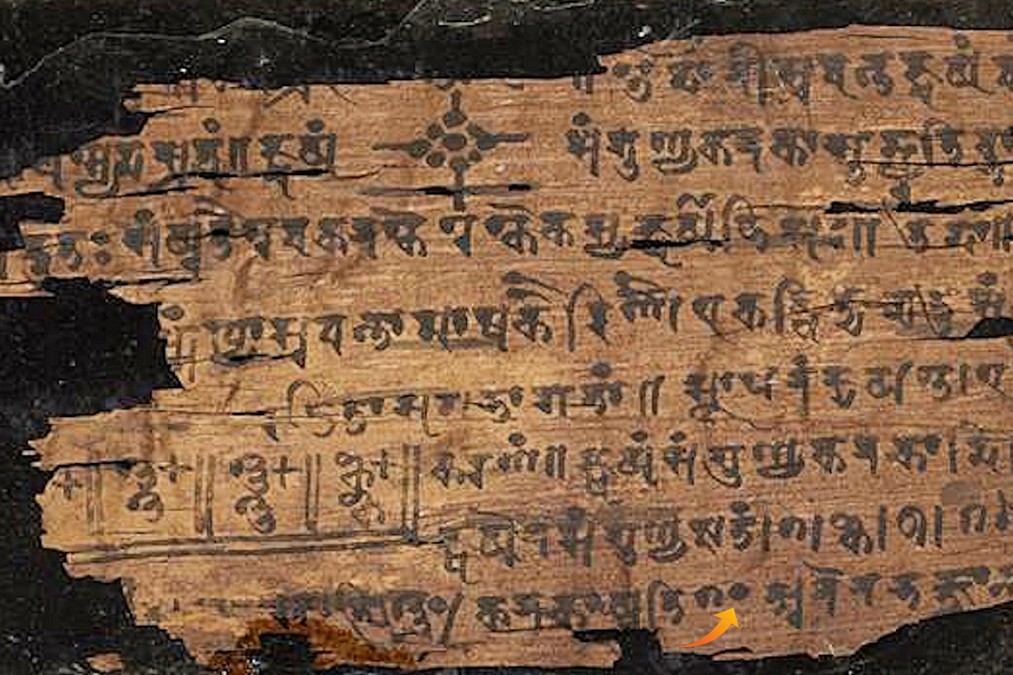Gyan Bharatam Mission: Safeguarding India’s Intellectual Heritage
Why in the news?
Announced in Union Budget 2025-26, the Gyan Bharatam Mission aims to conserve, document, and digitize over one crore manuscripts, ensuring India’s intellectual traditions are preserved and accessible globally for research and scholarship.
Introduction to the Mission:
- Announced in Union Budget 2025-26, the Gyan Bharatam Mission focuses on conserving, documenting, and digitizing over one crore manuscripts.
- Manuscripts span fields such as science, mathematics, philosophy, medicine, astronomy, and arts, housed in academic institutions, museums, libraries, and private collections.
National Digital Repository and Access:
- A key feature is the creation of a National Digital Repository of the Indian Knowledge System.
- This aims to provide global access to rare and ancient knowledge for researchers, students, and institutions.
- The mission centralizes India’s manuscript heritage, ensuring traditional knowledge remains relevant and accessible in the digital era.
Significance and Manuscript Characteristics:
- Manuscripts are handwritten records, dating back at least seventy-five years, often found on palm leaves, bark, metal, or cloth.
- They exist in languages and scripts, including Sanskrit, Tamil, Persian, and Arabic.
- The mission helps preserve India’s rich cultural and intellectual legacy, making ancient wisdom accessible to future generations and fostering further research and scholarship.
National Manuscripts Mission (NMM):
- Launched: 2003 by the Ministry of Culture under the Indira Gandhi National Centre for Arts (IGNCA).
- Aim: Preserve and make accessible India’s vast manuscript heritage.
- IGNCA Established: 1987 as an autonomous institution for research and academic pursuits in the arts.
- Manuscripts:
- Definition: Handwritten compositions on materials like paper, bark, cloth, metal, or palm leaf.
- Age Requirement: Must be at least 75 years old.
- Collection: India holds an estimated 5 million manuscripts, potentially the largest collection in the world.




